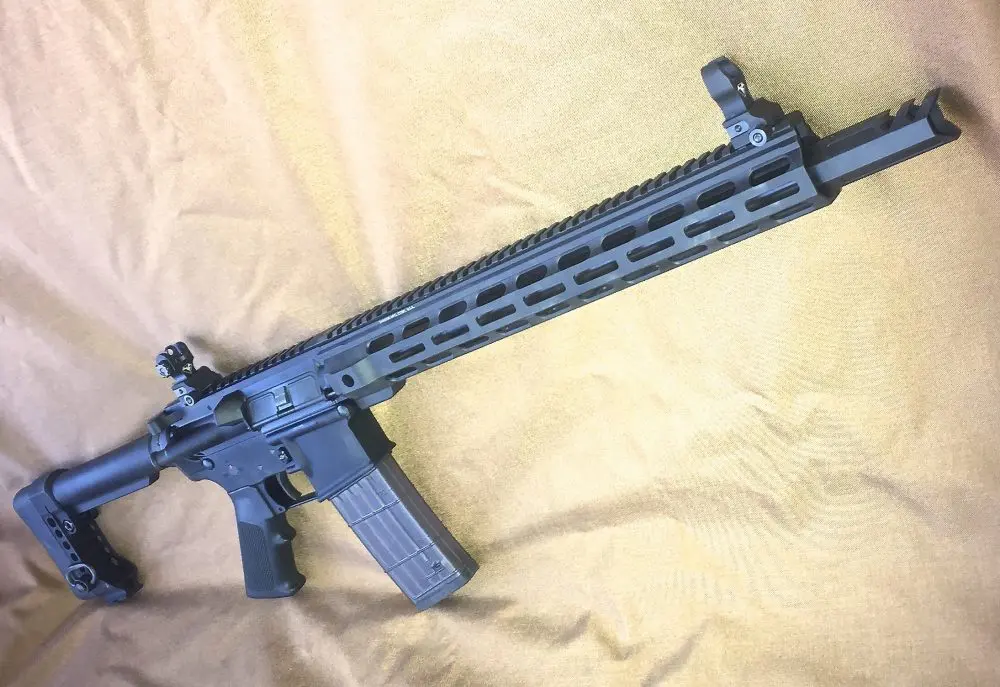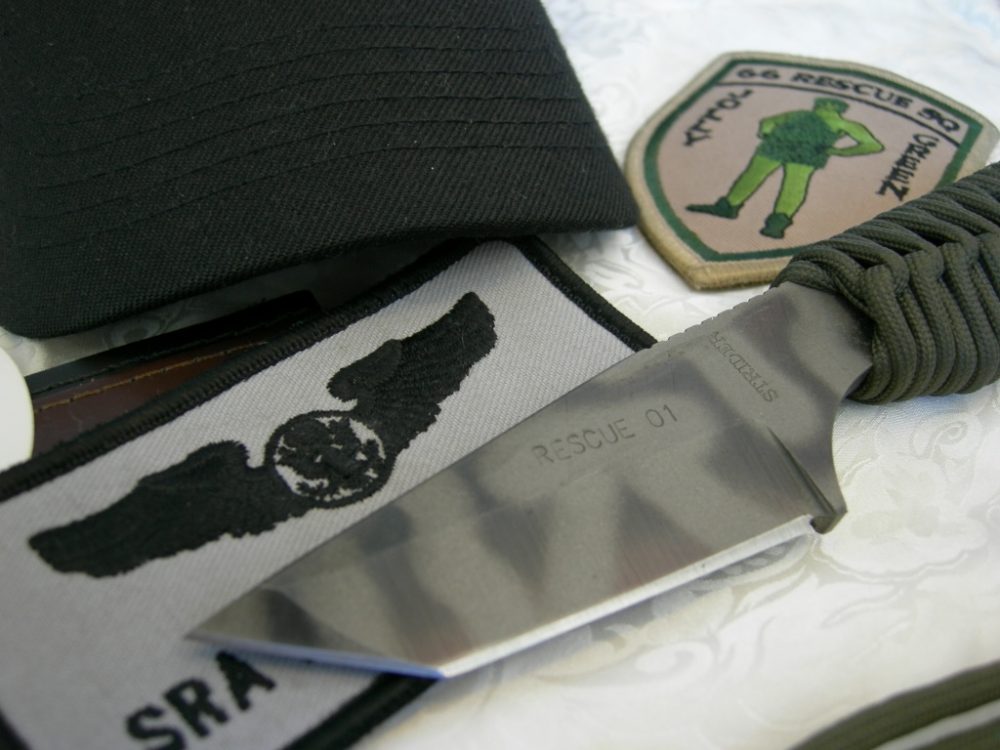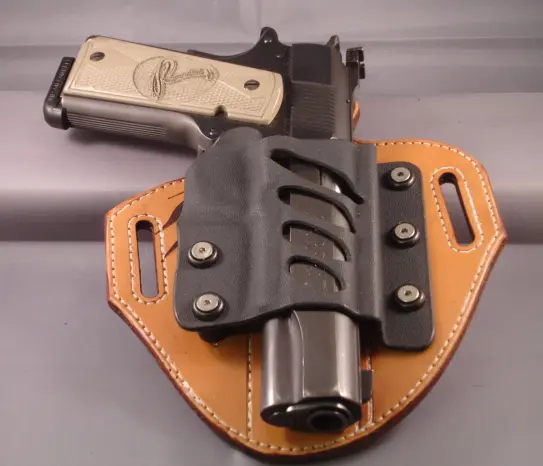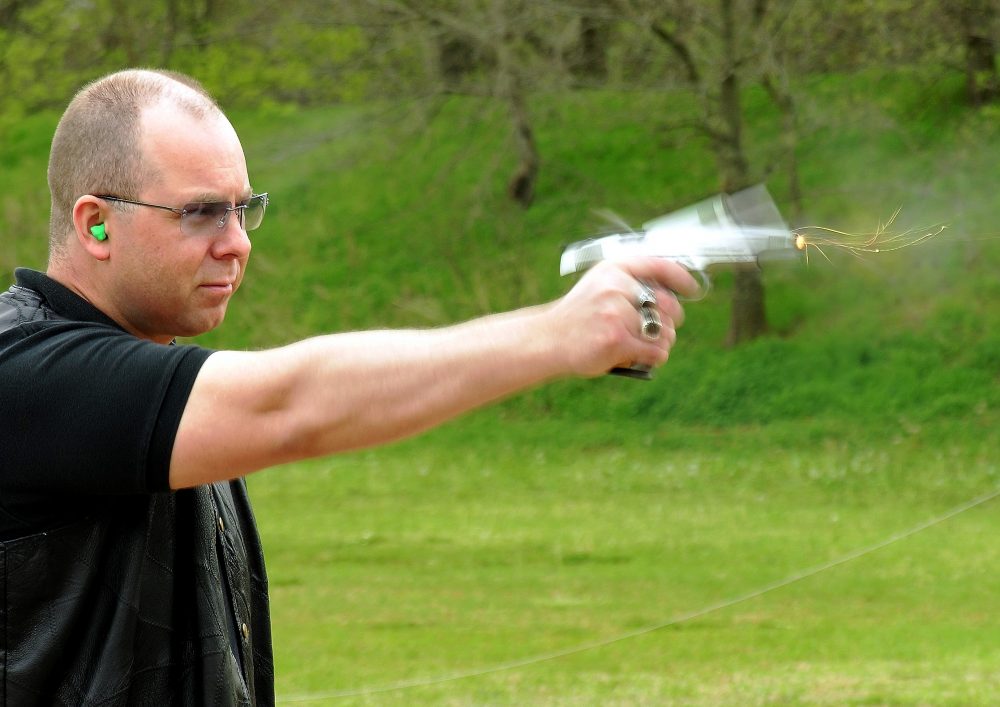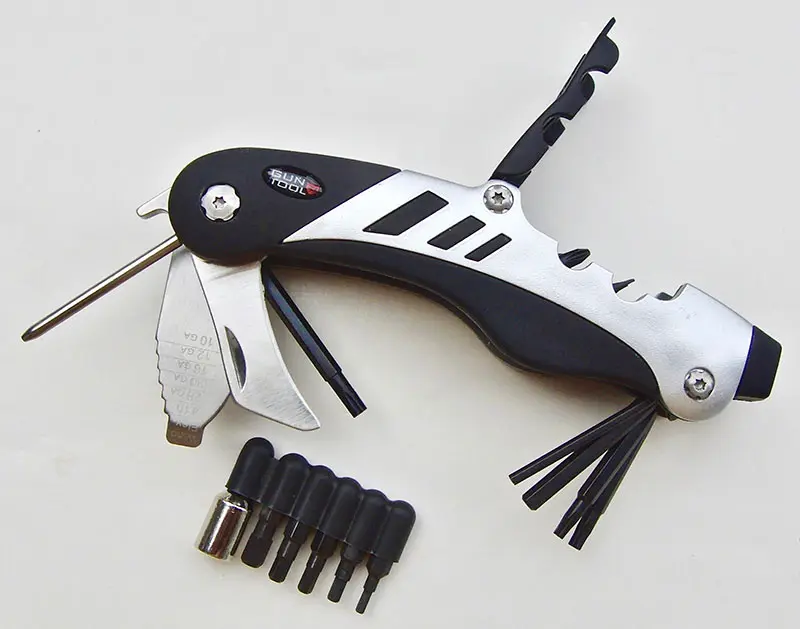Don’t sweat the small stuff.
Or that’s what we are commonly told, anyway.
Unfortunately, it’s often the “small stuff” that causes a defensive pistol to malfunction at the most inopportune of times. Like in a gunfight. When you’re taking incoming rounds. As in not having the capability to return fire. And you don’t have a secondary pistol, because you thought it was paranoiac to carry two guns. And now you’re dying because the small stuff has had the same negative effect on your longevity as a large problem would have done.
When all is said and done, whether it’s a major parts failure or a so-called minor malfunction, at the moment of occurrence you no longer have an operational firearm. What you are, at that given moment in time, is the proud owner of a two-pound paperweight.
Some problems, in fact many of them, can be forestalled in advance, while others cannot. Simply stated, a pistol is machinery. And the two major causes of any mechanical object’s failure to function are lack of maintenance and altering the manufacturer’s original specifications. A couple of general hints: One drop of oil—or the lack thereof—can cost you your life; and what part of John Moses Browning’s middle name didn’t you get?
Apart from health-conscious fanatics, pistol operators seem to have taken the current oil crisis more to heart than anybody else. This is based on the observation that many pistoleros would apparently rather save the planet than lubricate their guns. Here’s a news flash: Reciprocating parts tend to slow down when dry. So while your ecological viewpoint is admirable, you’re probably not going to be around to enjoy the fruits of your society-saving labors—because your gun won’t work when you need it the most. A drop of oil won’t save the planet—but it could very well save your life.
It goes without saying that the reduction of friction is directly proportional to the reliability and longevity of firearms. So whether you use margarine, transmission fluid, or Uncle Herschel’s Latest Greatest Tested in Battle by Unnamed Special Forces Operators in Both Sub-Zero Antarctic and Desert Fires of Hell Conditions, reciprocating male/female firearms parts generally cycle more fluidly when they are lubed, as opposed to when they are not.
The question is, where are the most important lubrication points on a semi-automatic pistol? Or more accurately, where are diligent operators failing to lube their weapons, resulting in as inefficient weapon reliability as that of a devil-may-care, “I-have-a-Glock-it-doesn’t-need-lubrication” goofball?
First, even though you’re a manly man, you could try reading the owner’s manual. For some obscure reason, most manufacturers print maintenance guidelines therein—including lubrication instructions. These directives usually include the lubing of all male/female surfaces, such as the slide and receiver rails, barrel locking lug areas and the underside of the slide where it drags across the disconnector and/or hammer (dependant upon weapon system).
What the manual does not usually cover, however, is lubrication suggestions for the outer surface of the barrel and the guide rod (if a guide rod is part of the weapon’s design features). And lubing these two areas is critical to the reliable functioning of a closed-bolt operation semiautomatic pistol.
If you don’t have a guide rod on your pistol, that’s all well and good, but externally lubricating the frontal section of the barrel greatly assists in the smooth in-and-out sliding of the barrel in the barrel bushing orifice (or slide, if no separate bushing is fitted). Examples of pistols which run the barrel interfacing through a bushing-less slide are Hi-Power Brownings, Glocks, and HS2000/Springfield XDs. Since the barrel on most pistols tips up and down at the rear during the cycling process—on entry into battery and rearward motion—the forward portion of this unit initially enters and exits the frontal bushing/slide orifice at a tangent, and not in a straight line. This obviously sets up a “drag” on the latter stages of forward and rearward motion, and is exacerbated when the outer surface of the barrel is both dry and/or covered with carbon build-up from repeated firing.
In addition, the barrel heats up during the firing process, and this will contribute to rapid drying out of many lubes, as will hot, humid weather. So even if you don’t have Uncle Herschel’s Magic Supe Dupe Poop, lube the outside of the barrel with something. Yes, some guns will run dirty and dry longer than others if you “torture test” them on a range, but a spare wheel is also better than a punctured “run-flat” tire in the Kalahari Desert.
The second, more prolific cause of malfunctions is the adding on of unnecessary after-market junk. If Moses didn’t design his pistol with a guide rod, don’t put one in for so-called “accuracy” and reliability. You don’t shoot that precisely, and you now have two “rods” entering two orifices simultaneously—one horizontal and the other at a tangent—doubling your friction potential.
If Moses didn’t insert a custom-fitted “accurizing” tight barrel bushing, you don’t need one. You don’t shoot that precisely, and you’re doubling your friction potential.
If Moses didn’t design a tight slide-to-receiver rail fit, you don’t need it. You don’t shoot that precisely, and you’re doubling your friction potential. Anything sounding familiar here?
If Moses designed a seven-round magazine, make sure your high-dollar eight-round magazines all function reliably. Seven-plus-one is better than “maybe” eight-plus-one. In some of the eight-rounders you have to use brute force to insert the eighth round into the magazine.
Which means you have no free-play in the magazine spring. Which means you have to forcefully slam the magazine into the magazine well to get it to seat with the slide forward. Which means the bullet ogive is dragging on the underside of the slide during slide cycle. Which means the slide is travelling slower than it was designed to do. Which means you can cause a malfunction on the first round fired.
Great time for a malfunction in a gunfight.
Of course you fixed the initial insertion problem—by adding on a thicker base plate to gain leverage. Coincidentally, you cunningly negated the use of the standard base plate lip which—dare I mention it—Moses specifically designed to be used to depress the recoil spring plug. Which you now no longer have because you fitted an unnecessary guide rod, you cunning devil you.
Let’s face it, there’s always room for improvement. But since you can’t find the Ark and can’t recite five of the Ten Commandments, you haven’t invented the Eleventh Commandment. You’re no Moses, and I would put a World War I or II Browning-designed .45 auto up against most $3,000 2008 models on a reliability test. Then again, I’m old, grizzled, and used to Plain Jane guns that actually work.
Case in point:
Trainee starts having malfunctions. Slide lock isn’t oversized on the inside, so we check the $35 eight-round magazines. Strip out the top round—still battling to seat the magazines. Take note of the Eleventh Commandment base plate, which has a protrusion on the front lip, cunningly designed to prevent over-ride when the magazine is slammed in with the slide locked to the rear.
The only problem is that the front strap cut-out on the pistol was shallower than the frontal protrusion on the base plate of the magazines, so the magazines wouldn’t seat properly. What a $2,500 bargain.
They say you shouldn’t sweat the small stuff.
Lube your pistol, don’t put any after-market garbage on it that you don’t need—and you probably won’t have any perspiration problems, big or small.
[Louis Awerbuck is Director of the internationally acclaimed Yavapai Firearms Academy. Course information and schedules are available at their website at www.yfainc.com]

